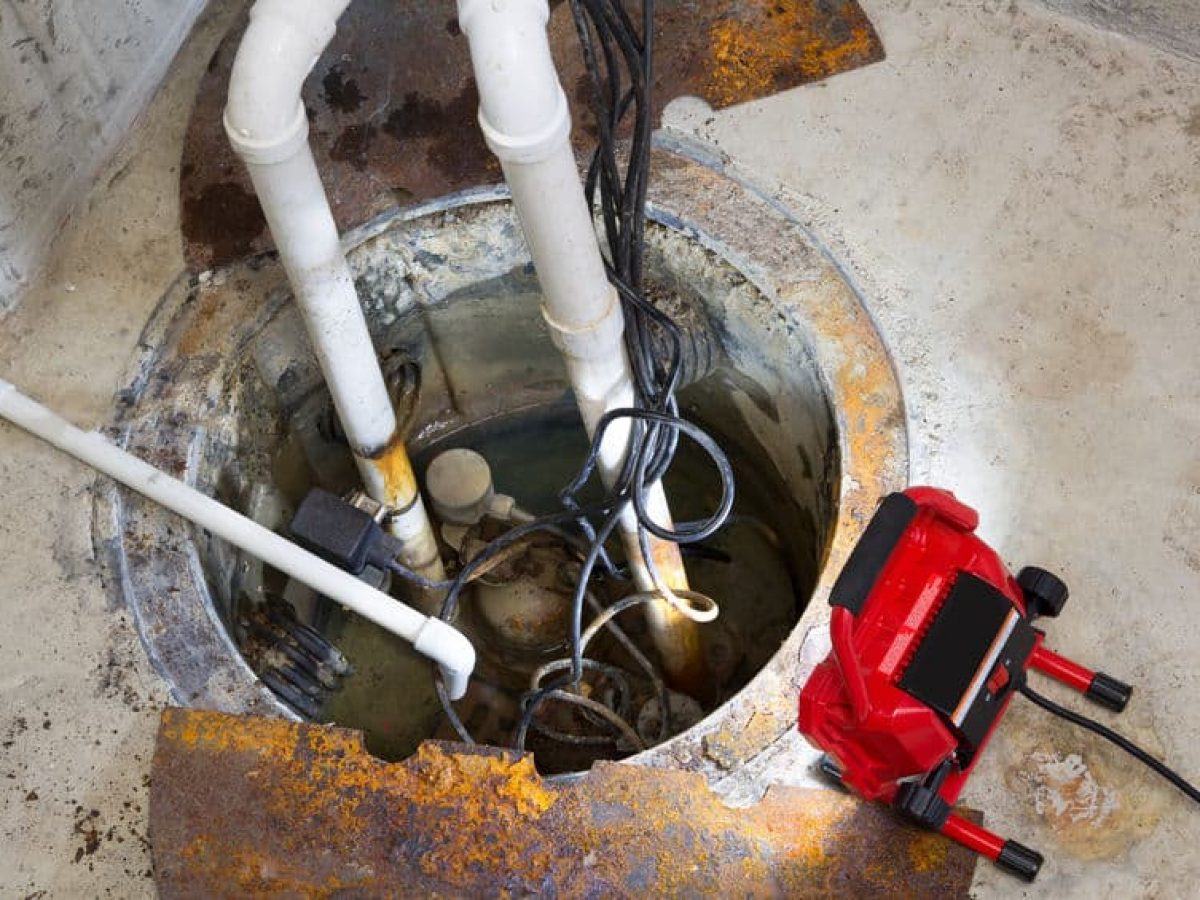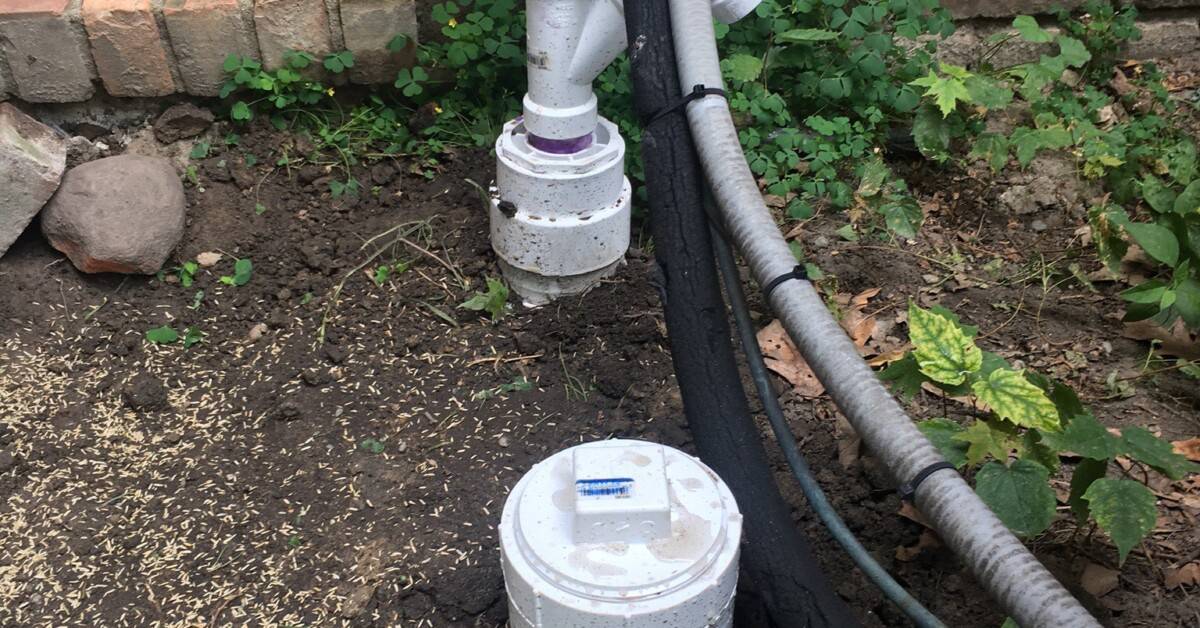Speedy Solutions for Maintaining a Sump Pump
Speedy Solutions for Maintaining a Sump Pump
Blog Article
Presented here below you might get some incredibly good data when it comes to Steps to Cleaning Your Sump Pump Properly.

Sump pumps are essential elements in many homes, specifically in locations susceptible to flooding or extreme wetness. They help avoid water damages by efficiently removing excess water from cellars or crawl spaces. Nonetheless, like any other appliance, sump pumps need routine upkeep to ensure they work successfully when required the most. Cleaning your sump pump is a vital part of its maintenance, and understanding exactly how to do it effectively can save you from expensive repair work and prospective catastrophes.
Intro
Maintaining a clean sump pump is important for its correct performance and longevity. Neglecting this necessary task can result in obstructions, malfunctions, and eventually, water damages to your residential property. For that reason, learning how to cleanse a sump pump is vital for home owners who rely on these gadgets to keep their cellars completely dry and safeguarded.
Signs of a Dirty Sump Pump
Knowing when your sump pump requires cleansing is crucial for stopping possible breakdowns. Some usual signs that show an unclean sump pump consist of strange noises throughout operation, minimized water circulation, and visible debris in the pit. If you notice any one of these signs and symptoms, it's necessary to clean your sump pump quickly to prevent any additional issues.
Preparing for Cleaning
Prior to you start cleansing your sump pump, it's necessary to take some security preventative measures. Beginning by shutting off the power to the pump to stay clear of any type of electric accidents. Additionally, put on ideal safety gear, such as handwear covers and goggles, to protect on your own from dust, debris, and possible microorganisms.
Comprehending the Sump Pump
Prior to diving right into the cleaning process, it's important to have a fundamental understanding of how a sump pump functions. Commonly installed in a pit or container below the cellar floor, a sump pump contains several key components, consisting of a pump, a float switch, and a discharge pipe. When water gathers in the pit, the float switch triggers the pump, which after that pumps the water out through the discharge pipeline, far from the structure's foundation.
Detailed Overview to Cleansing a Sump Pump
Shutting Off the Power
Begin by disconnecting the power supply to the sump pump to avoid any type of accidents while cleaning.
Looking For Appropriate Functioning
Prior to re-installing the pump, do a fast test to make certain that the float button triggers the pump appropriately. Pour some water right into the sump pit and observe the pump's procedure. If every little thing is operating properly, you can reassemble the pump and reconnect the power supply.
Getting Rid Of Particles and Dust
Use a pail or a scoop to get rid of any type of noticeable debris, dust, or sediment from the sump pit. Dispose of the debris properly to prevent it from clogging the pump or the discharge pipeline.
Cleansing the Pump and Float Change
Once the pit is free from debris, very carefully get rid of the pump from the pit. Examine the pump and the float button for any kind of signs of damage or wear. Use a soft brush or towel to clean the surface areas and get rid of any collected crud.
Flushing the System
After cleaning the pump and float button, flush the sump pit with tidy water to remove any type of staying dust or debris. This will certainly aid make sure that the pump runs efficiently and efficiently.
Upkeep Tips to Maintain Your Sump Pump Clean
Along with routine cleaning, there are several upkeep suggestions you can comply with to keep your sump pump in optimum condition:
Final thought
Cleaning your sump pump is an important element of its maintenance and makes certain that it operates effectively when you need it one of the most. By following the steps outlined in this guide and including routine maintenance into your routine, you can extend the lifespan of your sump pump and safeguard your home from water damage.
6 STEPS ON HOW TO CLEAN A SUMP PUMP PROPERLY
UNDERSTANDING SUMP PUMPS
Your sump pump plays a crucial role in protecting your home by managing and removing excess water. It primarily functions as a “shield”, guarding your basement against the damaging effects of water accumulation. The pump is housed in a sump pit in the lowest part of your basement, and its job is to pump out any water that collects there.
During heavy rainfalls or when snow melts rapidly, water can infiltrate your basement, posing potential risks like flooding, structural damage, and harmful mold growth. Here, the sump pump springs into action, pumping out the intruding water and directing it away from your home.
SAFETY FIRST
Before cleaning, remember to prioritize safety. Disconnect the sump pump from the power source to prevent any accidental electric shocks. Also, wear sturdy gloves to protect your hands from any sharp or dirty components within the pump.
REMOVE THE SUMP PUMP
After ensuring your safety, the next step is to remove the sump pump from its pit. Doing this might require careful maneuvering as you don’t want to damage any pump components. Once removed, clean the sump pit to remove any accumulated debris or sludge.
INSPECT THE PUMP
Inspect the pump for any visible signs of wear or damage. Check the power cord, float switch, and impeller housing. If any components look worn out or damaged, consider replacing them to ensure optimal performance.
CLEAN THE PUMP
Thoroughly clean the pump with warm, soapy water. Make sure to rid it of any dirt, gravel, or other debris that might impede its performance. You can use a toothbrush to clean the small, hard-to-reach parts of the pump.
REINSTALL THE SUMP PUMP
Reinstall the pump into the sump pit Make sure it’s positioned correctly to remove the water effectively Once it’s back in place, reconnect it to the power source TEST THE PUMP
Finally, pour some water into the pit to ensure the pump works correctly. It should start automatically and begin pumping out the water; if it doesn’t, check the power source and the positioning of the pump.
Remember, while cleaning your sump pump is an essential part of home maintenance, hiring a professional plumber for a thorough inspection and cleaning at least once a year is also important. This will ensure that your pump is in optimal condition, ready to protect your home from potential water damage.
BEST PRACTICES FOR CLEANING SUMP PUMP DISCHARGE PIPES
Regular Inspection: Regularly inspect your discharge pipes, especially during heavy rainfall or snowmelt periods. Look for any signs of blockage or damage. Early detection of problems can prevent serious issues down the line. Periodic Cleaning: Over time, sediment and debris can accumulate in the discharge pipes, impeding the flow of water. Regular cleaning helps keep the pipes clear and functioning efficiently. You can use a high-pressure water jet to effectively clean the pipes. Insulation During Winter: In colder climates, discharge pipes can freeze, blocking the outflow of water. Protect your discharge pipes from freezing temperatures by insulating them with foam pipe insulation. This will ensure the sump pump can continue to discharge water even in freezing conditions. Proper Positioning: The discharge pipe should be positioned to direct water away from your home’s foundation. Improper positioning can lead to water seeping back into the basement. Ensure the pipe is long enough and angled correctly. Installation of a Check Valve: A check valve prevents water from flowing back into your sump pit after the pump has pushed it out. Installing a check valve helps maintain the efficiency of your sump pump and reduces the risk of flooding. Minimize Pipe Turns: Every curve or turn in the discharge pipe can decrease the efficiency of water flow. By minimizing turns and bends in your discharge pipe, you can increase the efficiency of your sump pump. https://www.fullspeedplumbing.com/how-to-clean-a-sump-pump-properly9999/

As a reader about Steps to Cleaning Your Sump Pump Properly, I think sharing that piece of content was a good idea. Sharing is nice. Helping others is fun. I praise you for your time. Revisit us soon.
Top Article Report this page